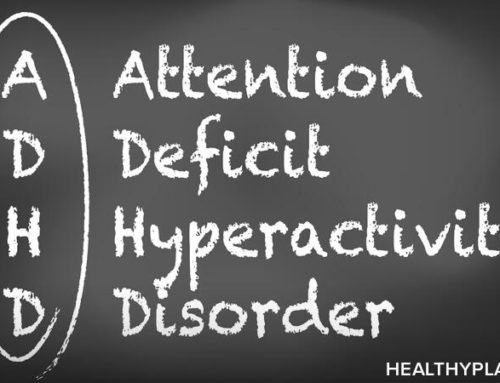Individuals with Attention-deficit/hyperactivity disorder (ADHD) are all too familiar with outsiders’ descriptions of their behavior as “laziness” or “a willful lack of effort”. These comments are extremely frustrating for those who are motivated to achieve and succeed but struggle to put their thoughts into action. ADHD’s root causes are often misperceived by the general public. ADHD symptoms are related to brain dysfunction in the area of the brain known as the frontal lobe. The frontal lobe stores executive functions. Executive functions connect, prioritize and integrate brain functioning – like a conductor of a symphony orchestra. Researchers have known for some time that executive function capacity develops throughout childhood into young adulthood. Now, science is providing substantial empirical evidence as to why those with ADHD struggle with executive functions.
A study published in February 2017 Lancet Psychiatry reported that an international team of researchers found that the brain structures of people with ADHD differ from people without ADHD. Using MRI brain scans in over 3,000 participants across nine countries, the brain study found that ADHD involves decreased volume in seven key brain regions. These regions include the amygdala (which is responsible for emotional regulation), the caudate nucleus (which is linked to goal-directed action), the putamen (involved in learning and responding to stimuli), the nucleus accumbens (which provides rewards and motivation) and the hippocampus (where memories are formed). By being able to point to measurable differences in the brains of those with ADHD, the scientists hope their study will help the general public better understand the disorder and help generate advances in treatment of the disorder.





